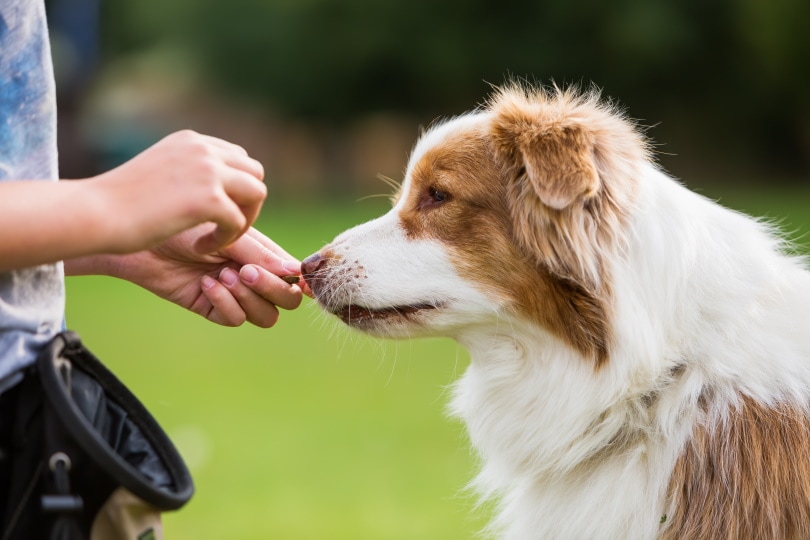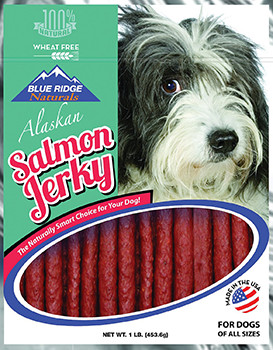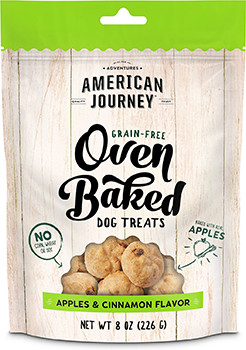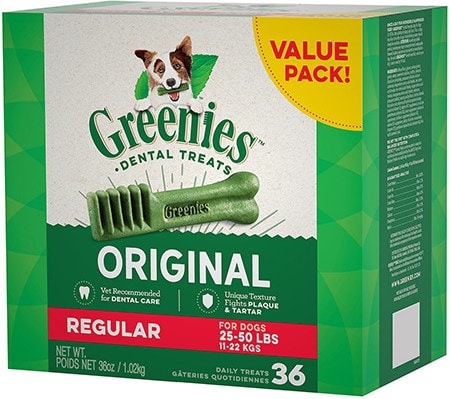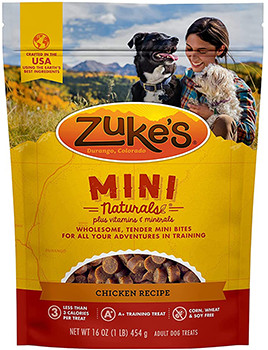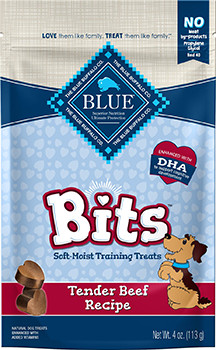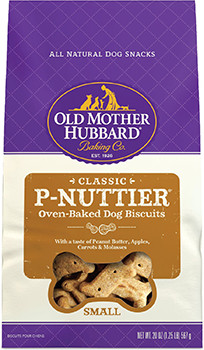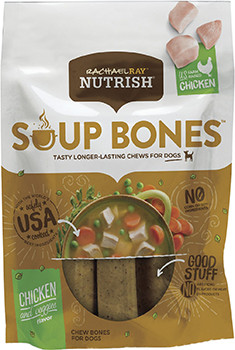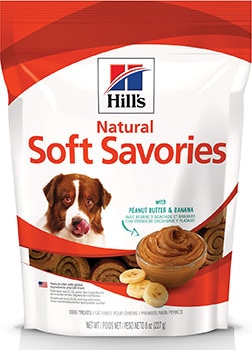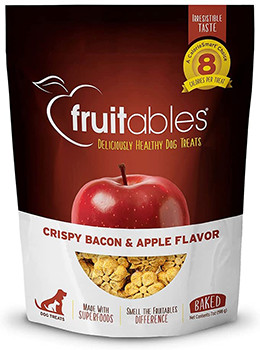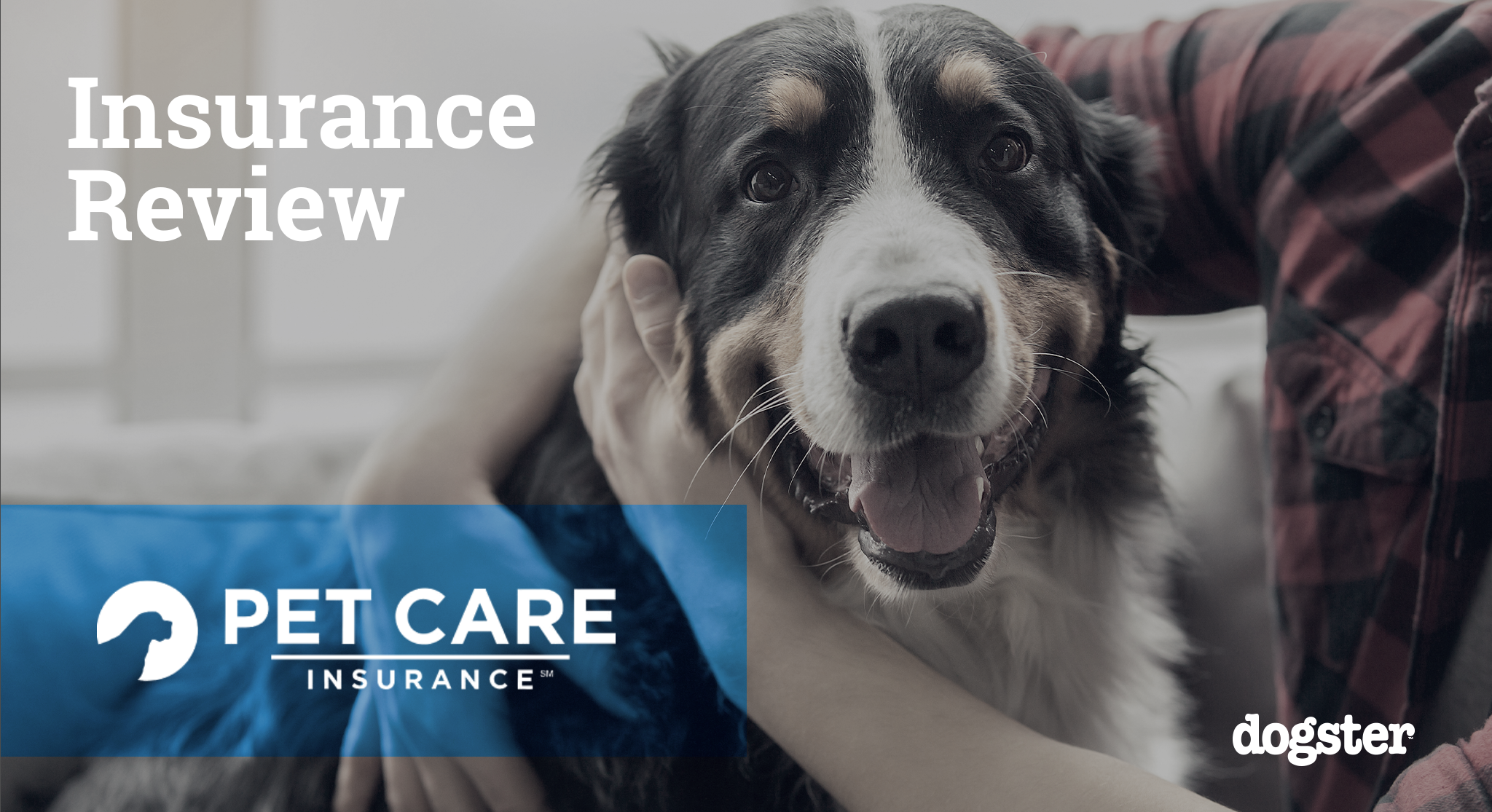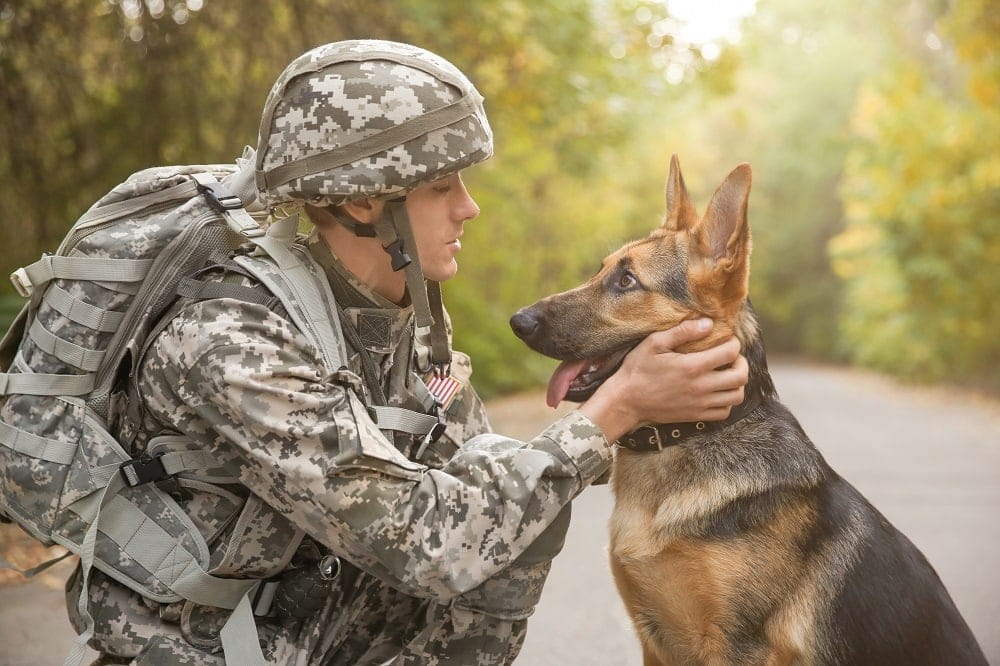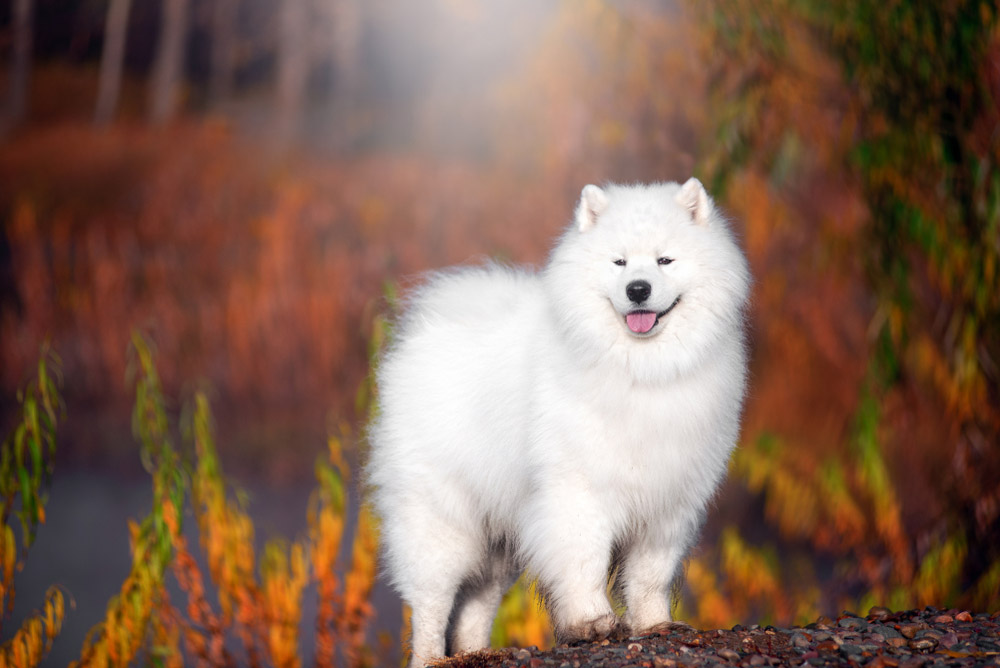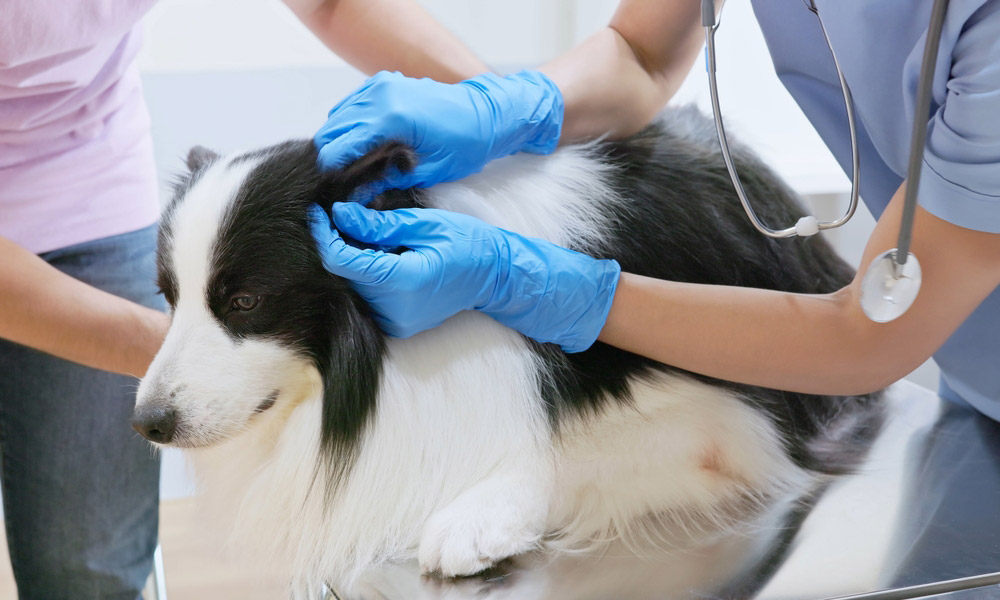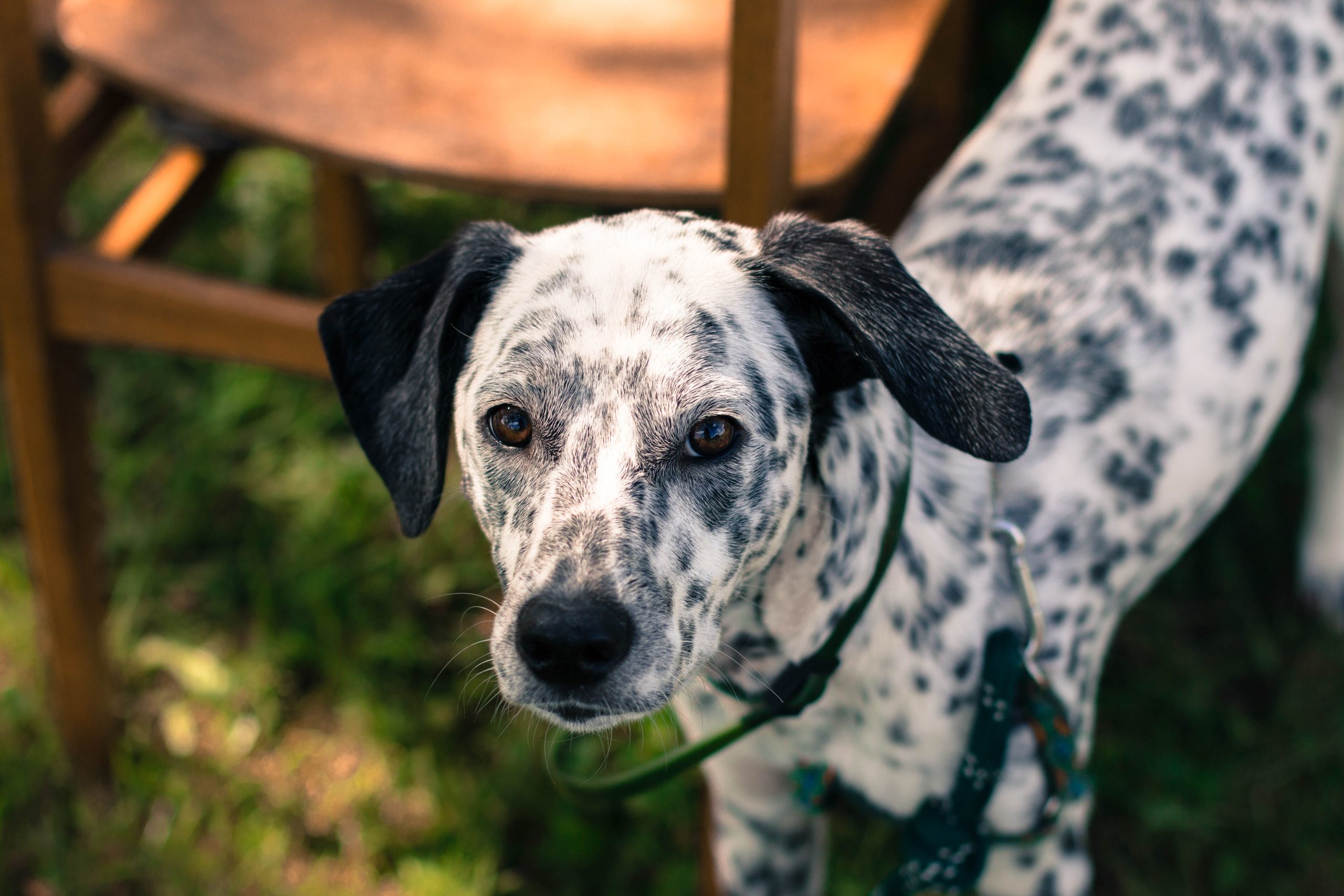If your dog is like any other, they aren’t going to turn down a tasty snack. But is Fido getting sick of the same old same thing? Even picky dogs usually won’t turn down yummy food. So, based on your pup’s preferences, you can make the best guess on which treat they’d love most.
We have some suggestions we think your dog is going to go crazy for. We rounded up 10 of the best dog treats we could find and here are our honest reviews.
A Quick Glance at Our Favorites in 2024
| Rating | Image | Product | Details | |
|---|---|---|---|---|
| Best Overall |
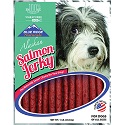
|
Blue Ridge Natural Alaskan |
|
CHECK PRICE |
| Best Value |
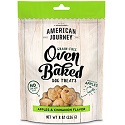
|
American Journey Oven |
|
CHECK PRICE |
| Premium Choice |
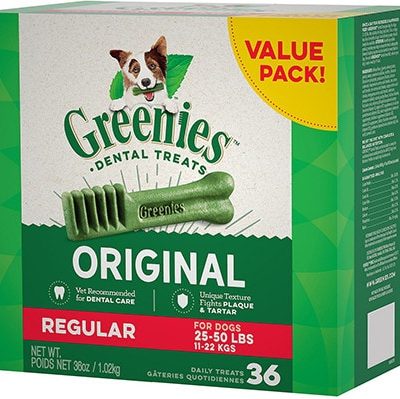
|
Greenie’s Original |
|
CHECK PRICE |
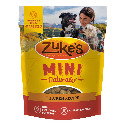
|
Zuke’s Mini Naturals |
|
CHECK PRICE | |
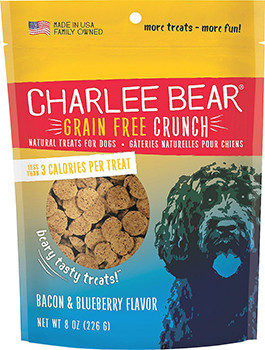
|
Charlee Bear Natural |
|
CHECK PRICE |
The 10 Best Dog Treats
1. Blue Ridge Natural Alaskan Salmon Jerky – Best Overall
| Treat Type: | Sticks |
| Flavor: | Salmon |
| Calories: | 87 |
| Protein: | 28% |
| Fat: | 7% |
| Fiber: | 3% |
Blue Ridge Natural Alaskan Salmon Jerky is our favorite dog treat overall. These protein-packed meat sticks are sure to get your pup going crazy—plus, they’re easy to chew. Since they are so versatile, we think most dogs will enjoy them as an occasional snack.
These all-natural snacks are perfect for a reward or bedtime snack. The product is totally wheat-free for sensitive pooches. However, the product does contain soy.
These snacks come in individual sticks. In a single stick, there are 87 calories, 28% crude protein, 7% crude fat, 3% crude fiber. This snack provides a punch of protein, omega fatty acids, vitamins, and minerals. Plus, we think your dog will love the flavor.
These aren’t good for quick training treats, as they come in stick form and they are meant to be chewed slowly. If you’re looking for small treats you can pull out of a bag, this isn’t your best bet.
- Good source of protein
- Easy to chew
- Boosts heart health
- Not ideal for training
2. American Journey Oven Baked Dog Treats – Best Value
| Treat Type: | Dry Kibble |
| Flavor: | Apple & Cinnamon |
| Calories: | 13 |
| Protein: | 18% |
| Fat: | 4% |
| Fiber: | 4% |
If you’re looking for dog treats that will stay within your budget, check out the American Journey Oven Baked Dog Treats. They are the best dog treats for the money—and our pups said they were tasty to boot.
These grain-free snacks use the power of fruits and veggies to give your pups a flavor-packed dose of pastry goodness without using artificial colors, flavors, or preservatives. There are also no filler ingredients, like corn, wheat, or soy.
In every serving, there are 13 calories, 18% crude protein, 4% crude fat, and 4% crude fiber. Apples and yogurt are the focal ingredients here—so these treats focus less on direct animal proteins. Your dog will feel like they’re getting a savory mouthful of apple pie in every bite.
In every serving, there are 13 calories, 18% crude protein, 4% crude fat, and 4% crude fiber.
These bites are crunchy, so no plaque buildup to worry about. However, the base of this treat is potatoes and not all dogs should eat the excess starches.
- No corn, wheat, or soy.
- Affordable
- No fillers
- Delicious flavor
- Has a starch base
3. Greenie’s Original – Premium Choice
| Treat Type: | Dental treats |
| Flavor: | Regular |
| Calories: | 91 |
| Protein: | 30% |
| Fat: | 5.5% |
| Fiber: | 8% |
If you don’t mind paying extra upfront, it will pay off. Get this Greenie’s Original box to keep your dog’s breath fresher and they won’t even know. Plus, you won’t have to replace their treats for a while because this little bit goes a long way.
On top of freshening breath, Greenie’s gives valuable nutrients to your dog. With Greenie’s signature texture, these little treats are designed to clean the gum line, promoting tartar and plaque reduction. Even the VOHC recommends this brand.
In one serving of Greenie’s Original, there are 91 calories. The guaranteed analysis of the product contains 30% crude protein, 5.5% crude fat, and 8% crude fiber. The product contains a comprehensive list of ingredients, so give it a look to make sure there’s no trigger.
So, not only are you promoting good hygiene, but this is just a healthy treat for dogs all the way around. However, since this is such a large pack—you’re out of luck if your dog doesn’t like them.
- Cleans teeth
- Nutrient-rich
- Lasting product
- Expensive upfront
4. Zuke’s Mini Naturals – Best for Puppies
| Treat Type: | Dry kibble |
| Flavor: | Peanut butter & oats |
| Calories: | 2 |
| Protein: | 8% |
| Fat: | 6% |
| Fiber: | 2% |
If you have a puppy that’s learning the ropes, we highly recommend Zuke’s Mini Naturals. They are the perfect size treat for any pup that’s eight weeks or older. Your puppy will be highly motivated to use the potty outside once they’re rewarded with these peanut butter and oat flavored treats.
In a single treat, there are just two calories. The guaranteed analysis of this product contains 8% crude protein, 6% crude fat, and 2% crude fiber. They are bite-sized and easy for your pup to chew, posing a minimal choke risk.
Rather than using hard-to-digest fillers like corn, wheat, or soy, this recipe uses barley, rice, and oats. Your pup should have no trouble with gastrointestinal upset. These treats are slightly moist, making them an option for any life stage.
These little treats would work for larger dogs too—they just might not be as satisfying.
- Ideal size for puppies
- Proper portions for training
- Easy to digest
- Might not be large enough for some dogs
5. Charlee Bear Natural Bear Crunch Dog Treats
| Treat Type: | Dry kibble |
| Flavor: | Bacon & blueberry |
| Calories: | 2.1 |
| Protein: | 22% |
| Fat: | 5.5% |
| Fiber: | 3% |
Dogs really loved the sweet bacon flavor of the Charlee Bear Natural Bear Crunch Grain-Free Bacon & Blueberry Dog Treats. These little circular treats are perfect for training or a job well done. They might even work well for seniors who are watching their figure since you can control portions.
These little snacks are perfectly crunchy with no residue or oily texture. They contain peas as a main ingredient, which might be a no-no for some dogs. There make three different mouth-watering flavors if you wish to give your dog a surprise taste every time.
In a single crispy treat, there are 2.1 calories. The guaranteed analysis of this product contains 22% crude protein, 5.5% crude fat, and 3% crude fiber. The first three ingredients are peas, chickpeas, and dehydrated pork, so you know your dog is getting an adequate amount of protein.
Because they are so crunchy, they might be harder to chew for dogs with bad teeth.
In a single crispy treat, there are 2.1 calories. The guaranteed analysis of this product contains 22% crude protein, 5.5% crude fat, and 3% crude fiber.
- Aromatic
- Protein-rich
- Excellent for portion control
- Contains peas
- Might be too crunchy for some dogs
6. Blue Buffalo Bits
| Treat Type: | Moist |
| Flavor: | Tender beef |
| Calories: | 4 |
| Protein: | 10% |
| Fat: | 7% |
| Fiber: | 4% |
Blue Buffalo Bits are perfectly sized for almost any pooch—we think they are the best healthy dog treats we found. These soft moist treats are an ideal texture for pups at any age post-weaning—even seniors with worsening teeth.
The bag is resealable, so you can take them with you on the go or seal them up to maintain freshness. Each treat has nutritious ingredients like lots of healthy omega fatty acids to nourish the skin and coat.
In one of these treats, there are four calories. The guaranteed analysis of this product contains 10% crude protein, 7% crude fat, 4% crude fiber. The recipe includes fish oil which provides much-needed DHA to growing pups.
We love Blue Buffalo because all recipes are byproduct, filler, and synthetic ingredient-free. But they are also slightly more expensive than the average dog treat.
- Savory flavor, soft texture
- Resealable bag
- Added DHA
- A bit costly
7. Old Mother Hubbard Classic P-Nuttier Biscuits
| Treat Type: | Baked |
| Flavor: | Peanut butter |
| Calories: | 10, 34, 136 |
| Protein: | 12% |
| Fat: | 7% |
| Fiber: | 5.5% |
Old Mother Hubbard Classic P-Nuttier Biscuits are terrific snacks for the peanut butter lover in your life. Featuring hints of peanut butter, molasses, apples, and carrots, your dog will be begging for more. And you can feel guilt-free knowing these treats are super healthy for your furry buddy.
We love the different size options for the vast number of breeds and mixes out there. They offer mini, small, and large treat options—and there are five weight options, too. You can try it out and if your pup approves, order in a larger quantity next time.
In one mini size treat, there are 10 calories, bigger sized treats have a higher ammount of calories. The guaranteed analysis of this product contains 12% crude protein, 7% crude fat, and 5.5% crude fiber.
We do want to make a quick note that wheat ingredients are highly present in this recipe, so we realize it won’t be best for dogs with certain sensitivities.
- Many size options
- Strong flavor
- Contains wheat
8. Rachael Ray Nutrish Soup Bones
| Treat Type: | Chews |
| Flavor: | Chicken & veggies |
| Calories: | 179 |
| Protein: | 13.5% |
| Fat: | 4.5% |
| Fiber: | 3% |
Your dog is sure to have their taste buds satisfied with the Rachael Ray Nutrish Soup Bones. These interesting treats are ideal for an occasional enjoyable snack. They have a very savory smell and dogs are attracted to the deliciousness right away.
These treats aren’t small bites you can toss on the run. Considered long-lasting bites, the soup bones are better suited for a long period of relaxation. While some dogs might try to scarf them down right away, most will take their time enjoying every last morsel.
In a single soup bone, there are 179 calories—be mindful of overfeeding. The guaranteed analysis of this product contains 13.5% crude protein, 4.5% crude fat, and 3% crude fiber. It also contains decently high moisture content, totaling 20%.
This recipe contains wheat and grain ingredients, which might not work for sensitive pooches. Our dogs seemed to really enjoy the flavor and overall eating experience.
- Very savory flavor
- Long-lasting chew
- High moisture content
- Potentially irritating ingredients
9. Hill’s Science Diet Natural Soft Savories
| Treat Type: | Chew |
| Flavor: | Peanut butter & banana |
| Calories: | 27.33 |
| Protein: | 10% |
| Fat: | 8% |
| Fiber: | 4% |
Hill’s Science Diet Natural Soft Savories uses peanut butter and banana flavors to reward your pooch. Unlike some snacks, these treats are made of real soft peanut butter, appealing to your pup’s appetite. So, the texture is appropriate for puppies and older dogs alike.
While the ingredients list is short and easy to skim, there are a few ingredients that some dogs might be sensitive to—like dairy and wheat. However, it contains healthy, easy-to-digest ingredients that soothe the sweet tooth.
IN one serving, there are 27.33 calories. The guaranteed analysis of this product contains 10% crude protein, 8% crude fat, and 4% crude fiber.
We did find that these treats are relatively high in calories, which is fine for an active dog. But be careful if you have a dog who is obese or overweight.
- Excellent texture
- Contains natural sweetness
- Stimulates appetite
- High in calories
- Potentially triggering ingredients
10. Fruitables Crunchy Dog Treats
| Treat Type: | Baked |
| Flavor: | Pumpkin & apple |
| Calories: | 8 |
| Protein: | 7% |
| Fat: | 6% |
| Fiber: | 8% |
If you want your dog to benefit from the antioxidant magic of fruit, try out the Fruitables Crunchy Dog Treats. These treats are especially useful to dogs who suffer digestion troubles. These treats calm the tummy so your pet can enjoy a treat like they deserve to.
These treats contain pumpkin, apple, and potatoes as the main ingredients. Potatoes give your pup treats good substance without adding in any harmful fillers or byproducts. All ingredients are organic and the treats are baked right here in the USA.
In one serving, there are eight calories in all. The guaranteed analysis of this product contains 7% crude protein, 6% crude fat, and 8% crude fiber.
If you’re looking for a protein-rich snack, another option might work better. This snack is geared more toward digestive health.
- Antioxidant-packed
- Aids digestion
- Natural ingredients
- No animal protein
Buyer’s Guide: How to Choose the Best Dog Treats
Still unsure which treats are best for your pooch? Here’s our guide to choosing among a sea of products in the market.
Types of Treats
- Everyday Health – Some treats are just flavored-filled snacks with nothing else to offer but basic nutrition. Everyday health treats cater to no special aspect of diet, focusing more on flavor.
- Digestion – If you have a pup with a sensitive gut, you might notice that giving them a little digestion boost is super helpful.
- Training – If you have a pup who is just learning the ropes, bite-sized training treats are a hassle-free perfect food item to use.
- Specialized Diet – If your dog has any type of food allergy or sensitivity, you might have to really scour the ingredients list before buying.
Texture of Treats
- Crunchy – Crunchy treats are typically baked and don’t stick to the teeth.
- Chewy – Chewy treats are easier for some dogs, like puppies, seniors, and those with dental issues.
- Moist – Moist treats are the perfect texture for any life stage.
Contents of Treats
- Plant-based – Plant-based treats use ingredients that are completely derived from plant matter like fruits, veggies, and grains.
- Animal-based – Animal-based treats are strictly from animal protein sources—typically beef, chicken, or fish.
- Combination – Combination treats use both plant and animal ingredients to make delicious snacks for your dogs.
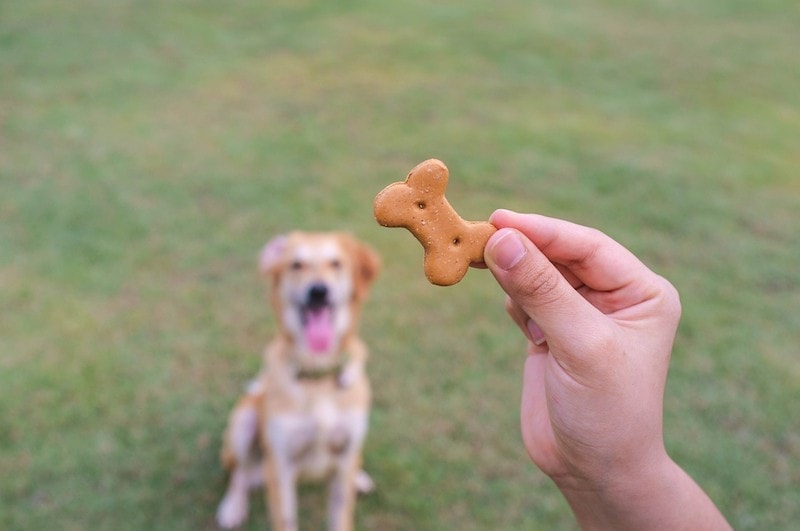
Conclusion
Of all our reviews, we stand by our top pick—the Blue Ridge Natural Alaskan Salmon Jerky. These sticks provide a yummy kick of protein at a cost that fits with most budgets. Also, these snacks are softer for dogs with not-so-great teeth.
If you are looking to save as much as you can but still get quality, try out American Journey Oven Baked Dog Treats. They’re tasty and affordable, able to be enjoyed by almost any dog.
Regardless of diet restrictions or basic preferences, we hope you found a new delicious goodie for your dog to try out.
You may also be interested in:
- Dog Treats: How Many Is Too Many? Facts & Care Tips
- 10 Best Dog Treats for Large Dogs – Reviews & Top Picks
Featured Image Credit: Christian Mueller, Shutterstock
Contents
- A Quick Glance at Our Favorites in 2024
- The 10 Best Dog Treats
- 1. Blue Ridge Natural Alaskan Salmon Jerky – Best Overall
- 2. American Journey Oven Baked Dog Treats – Best Value
- 3. Greenie’s Original – Premium Choice
- 4. Zuke’s Mini Naturals – Best for Puppies
- 5. Charlee Bear Natural Bear Crunch Dog Treats
- 6. Blue Buffalo Bits
- 7. Old Mother Hubbard Classic P-Nuttier Biscuits
- 8. Rachael Ray Nutrish Soup Bones
- 9. Hill’s Science Diet Natural Soft Savories
- 10. Fruitables Crunchy Dog Treats
- Buyer’s Guide: How to Choose the Best Dog Treats
- Conclusion

